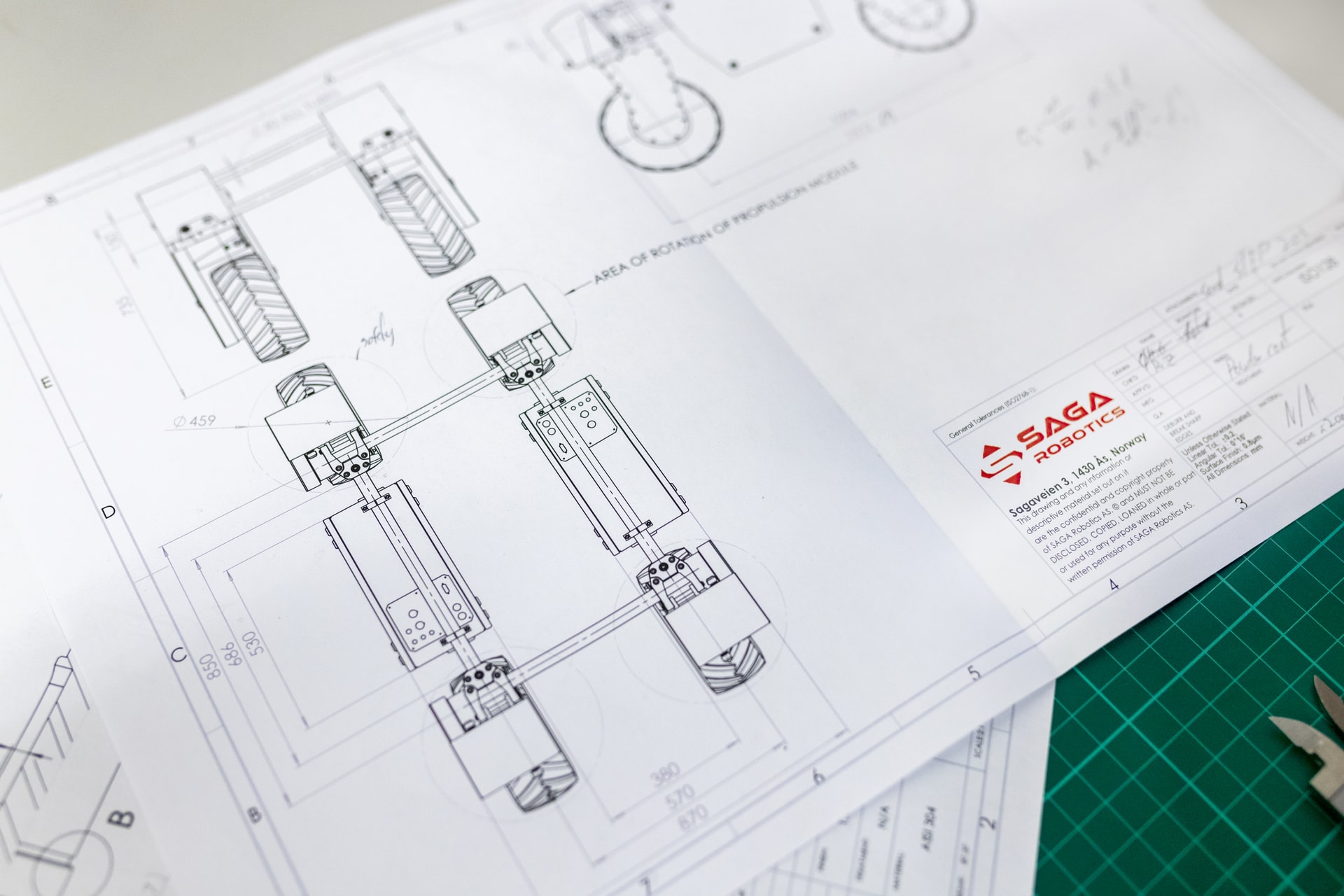Computers have finally learned to see, and this new superpower is unlocking a wave of disruption across numerous sectors of the economy including agriculture, healthcare, retail and transportation. Today’s report offers a look at recent developments and some of the companies benefitting from the kind of disruption that only comes once in a generation.
Related ETFs: Global X Robotics & Artificial Intelligence ETF (BOTZ)
Computers have always been able to count numbers. They learned to read text several decades ago, but they simply could not master vision. Until now.
What has changed is advances in computer vision, a sub-branch of machine learning. Computer vision describes the process of using digital images and videos to gain stronger insights from users. It enables machines to identify, classify, analyze, and understand information from visual data just as humans do. The breakthrough is quite significant, as artificial intelligence (AI) cannot reach its full potential without computer vision.
Consider the following: In order to perform the same tasks as humans, artificial intelligence platforms need to have eyes, a mouth, and/or a body, depending on the application. The eyes are provided by computer vision, the mouth by natural language processing, and the body by robotics. Computer vision technology is therefore the means by which machines gain eyesight.
At this point, it may be helpful to highlight the growing influence of image sensors in this revolution.
The Starring Role of Image Sensors
Image sensors are tiny chips in cameras that convert what the camera lens sees in the real world into digital photographs. One could say, they give cameras a set of “eyes,” but without giving said camera any insight on the image captured. Computer vision, on the other hand…
To read the rest of this Market Insight, START A FREE TRIAL You’ll also gain access to: If you already have a subscription, sign in










